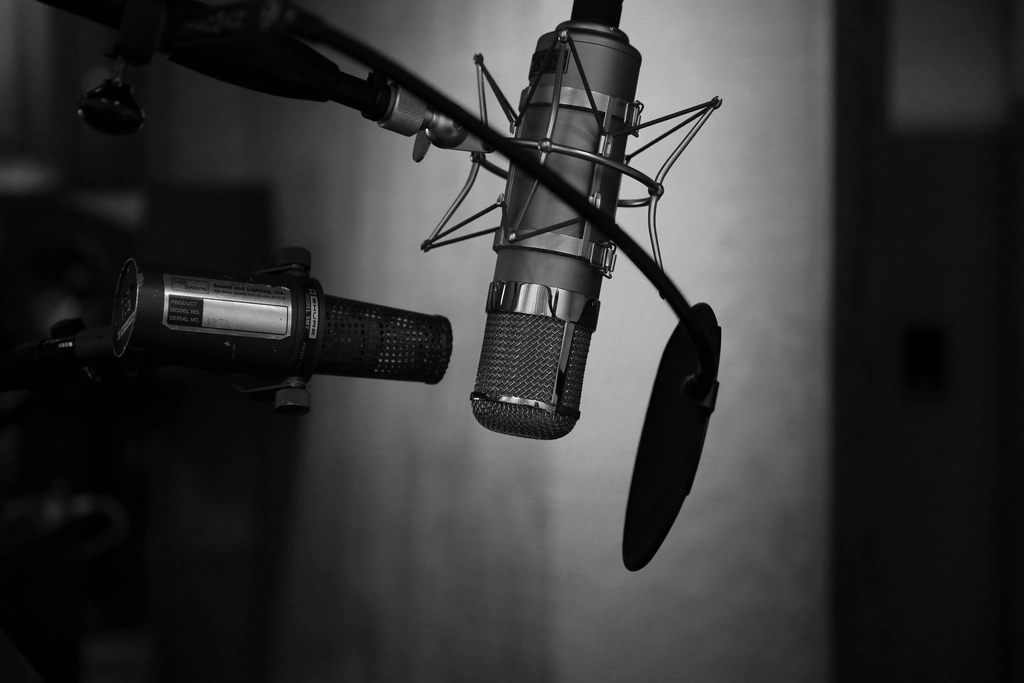For NPR’s college podcast challenge, I looked at “Breaking from the Bible Belt” by Meghan McKinney and “The Monsters We Create” by Michael Arango. McKinney recounts her childhood experience as she unlearned the extreme religiosity of her family. It is a deeply personal narrative, but she also includes interviews with a student in a similar situation and a professional. It is well-interviewed, has excellent sound mixing between the three voices, and is engaging from beginning to end with various anecdotes throughout. It stuck out to me immediately because I grew up in a religious family, but not one so intense that I felt trapped. I was interested in hearing the experiences of someone with such a different experience.

I really enjoyed the way that McKinney introduced the topic in her narration, relating it to her own life. The addition of the professional perspective and another student’s story served to expand on the idea even further. I think I could use this concept and extend it to my podcast — I could start with my personal experience entering the bookstore for the first time and then expand to staff and other students.
Arango’s podcast, similarly, was a personal narrative about his life-long struggle with schizophrenia. What was most notable, outside of his on-the-street interviews with random students, was the inclusion of sound design to recreate how he experiences each day. Whispers, for example, carried through his narration of how he discovered his disorder for the first time. The description of the podcast and his effects caught my attention, as I was curious how he used them to replicate his experience.
While I would have no reason to perfectly replicate his extra design choices, I could use both his interview style and the mixing he had to do in my work. Whether that’s overlaying my narration with sounds from the bookstore or including non-prepared interviews, I think it could do a lot to make my audio story more engaging.
My Audio Story
For my own audio podcast, I want to provide an encompassing idea of what the bookstore can be like on a slow day versus a busy day. Sometimes, the space is filled with family bustling around and pulling things from racks, while others you hear the simple buzzing of the background. While I’m sure that my audience, members of BVG and other councils, have been in the store, it may have been a few years. Hopefully supplying audio to the experience will give them a good representation of how it feels to stand in the space itself.
I currently plan to go to the bookstore on April 6, which is Admitted Students Day. The room will be filled with the nervous/excited chatter of prospective students and their parents. I think that any audio I get during this time would accurately represent the admissions aspect of the store’s purpose. Hopefully, I can get a quick interview with a George’s General tour guide or a customer. My concern is that I don’t think any of the admitted students will feel comfortable being interviewed for this, and I honestly am not sure I’m comfortable with asking them. A George’s General should be accessible as long I can find one without a busy schedule.
At some point on one of the store’s off days, I want to interview the cashier who ordinarily works the store. The manager, Shannon, has been gone recently for a medical issue, so hopefully she will return soon. Otherwise, that is definitely a large concern of mine — she was my largest source for the story, so if she’s inaccessible, it could present some problems down the line. To make the story even more compelling, I would use audio mixing to combine my narration, the interviews, and the natural sounds of the bookstore. I’m a little worried about accomplishing this, as podcasts have never been my strong suit.
My Goals:
- 2+ interviews with staff and Georges Generals
- One-on-one conversation with Shannon
- Record ambiance of bookstore on Admitted Students Day
- Mix audio in a comprehensive and easy to follow manner




Leave a comment